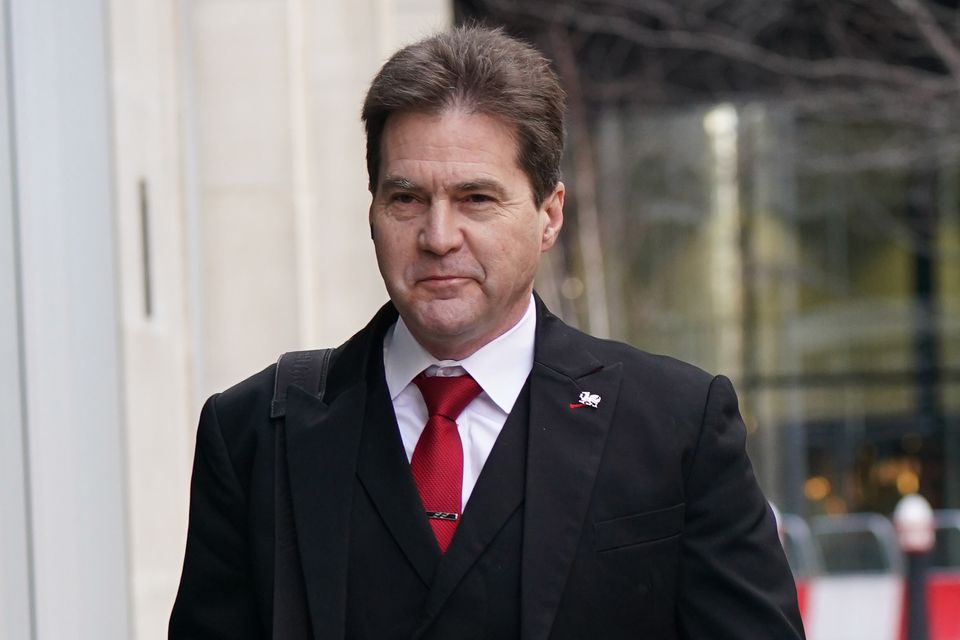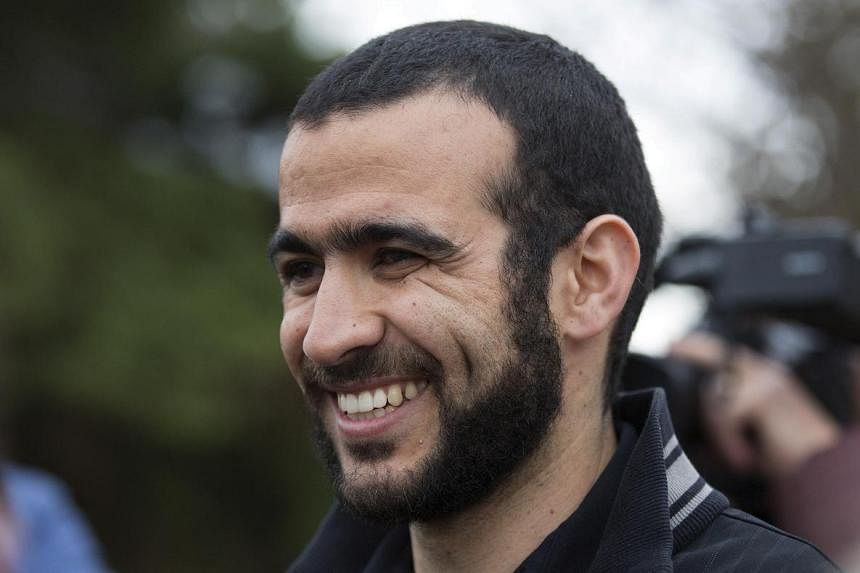Computer scientist ‘lied extensively’ in Bitcoin founder claim, judge rules

Dr Craig Wright arriving at the Rolls Building in London during the trial earlier this year (Lucy North/PA)
A computer scientist lied “extensively and repeatedly” in a failed bid to claim he was Satoshi Nakamoto, the pseudonym attributed to the person widely credited with creating Bitcoin, a High Court judge has ruled.
Dr Craig Wright lost a legal battle with the Crypto Open Patent Alliance (Copa), a non-profit group including cryptocurrency firms, in March after the group claimed he committed “forgery on an industrial scale” to support a “brazen lie” that he was Satoshi.
After a five-week trial, Mr Justice Mellor ruled that there was “overwhelming” evidence to prove that the Australian was not behind the pseudonym, and had not written the cryptocurrency’s founding document, known as the Bitcoin White Paper.
In written reasons for his decision, handed down on Monday, the judge said that he was “entirely satisfied” that Dr Wright repeatedly lied and committed “clumsy” forgeries “on a grand scale” to support his claims.
He said: “Dr Wright presents himself as an extremely clever person. However, in my judgment, he is not nearly as clever as he thinks he is.
“In both his written evidence and in days of oral evidence under cross-examination, I am entirely satisfied that Dr Wright lied to the court extensively and repeatedly.
“Most of his lies related to the documents he had forged which purported to support his claim.
“All his lies and forged documents were in support of his biggest lie: his claim to be Satoshi Nakamoto.”
Mr Justice Mellor said that Dr Wright found “convenient excuses” for evidence against him and that his attempts to prove he was Satoshi “represent a most serious abuse of the court’s process”.
Barristers for Copa told the trial in London earlier this year that Dr Wright’s claim to be Satoshi was “founded on an elaborate false narrative” and was substantiated by forged documents which showed “clear signs of having been doctored”.
Lawyers for Dr Wright claimed the expert had released the white paper after “having spent many years devoted to studying and working on concepts underpinning Bitcoin” and there was “clear evidence” demonstrating his creation of the digital currency.
They also said that if anyone else were Satoshi, they or their associates would have come forward.
But in his 231-page judgment, Mr Justice Mellor said: “Many of Dr Wright’s lies contained a grain of truth, which is sometimes said to be the mark of an accomplished liar, but there were many which did not and were outright lies.
“As soon as one lie was exposed, Dr Wright resorted to further lies and evasions.
“The final destination frequently turned out to be either Dr Wright blaming some other, often unidentified, person for his predicament or what can only be described as technobabble delivered by him in the witness box.”
He continued: “I tried to identify whether there was any reliable evidence to support Dr Wright’s claim and concluded there was none.”
The judge added that Satoshi “remains a pseudonym” but that “it is likely that a number of people contributed to the creation of Bitcoin, albeit that there may well have been one central individual”.
Following the judgment, a Copa spokesperson said: “This decision is a watershed moment for the open-source community and even more importantly, a definitive win for the truth.
“Developers can now continue their important work maintaining, iterating on, and improving the Bitcoin network without risking their personal livelihoods or fearing costly and time-consuming litigation from Craig Wright.
“Today’s ruling is the result of a concerted and united effort across the entire open source community – from developers to those who selflessly contributed to funding this important case, to all members of the COPA alliance – and we want to thank them all for their time, dedication and support.
“Justice has been served today for the entire community.”
In a post on his X account, formerly known as Twitter, Dr Wright said he intends to appeal the ruling.







